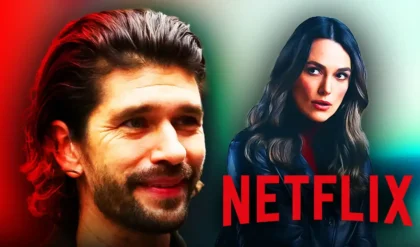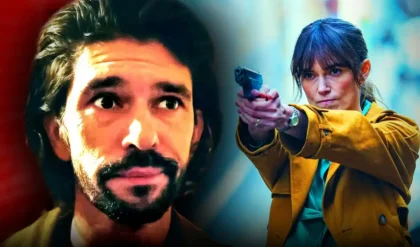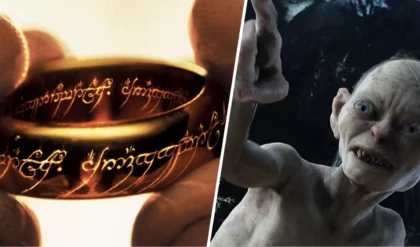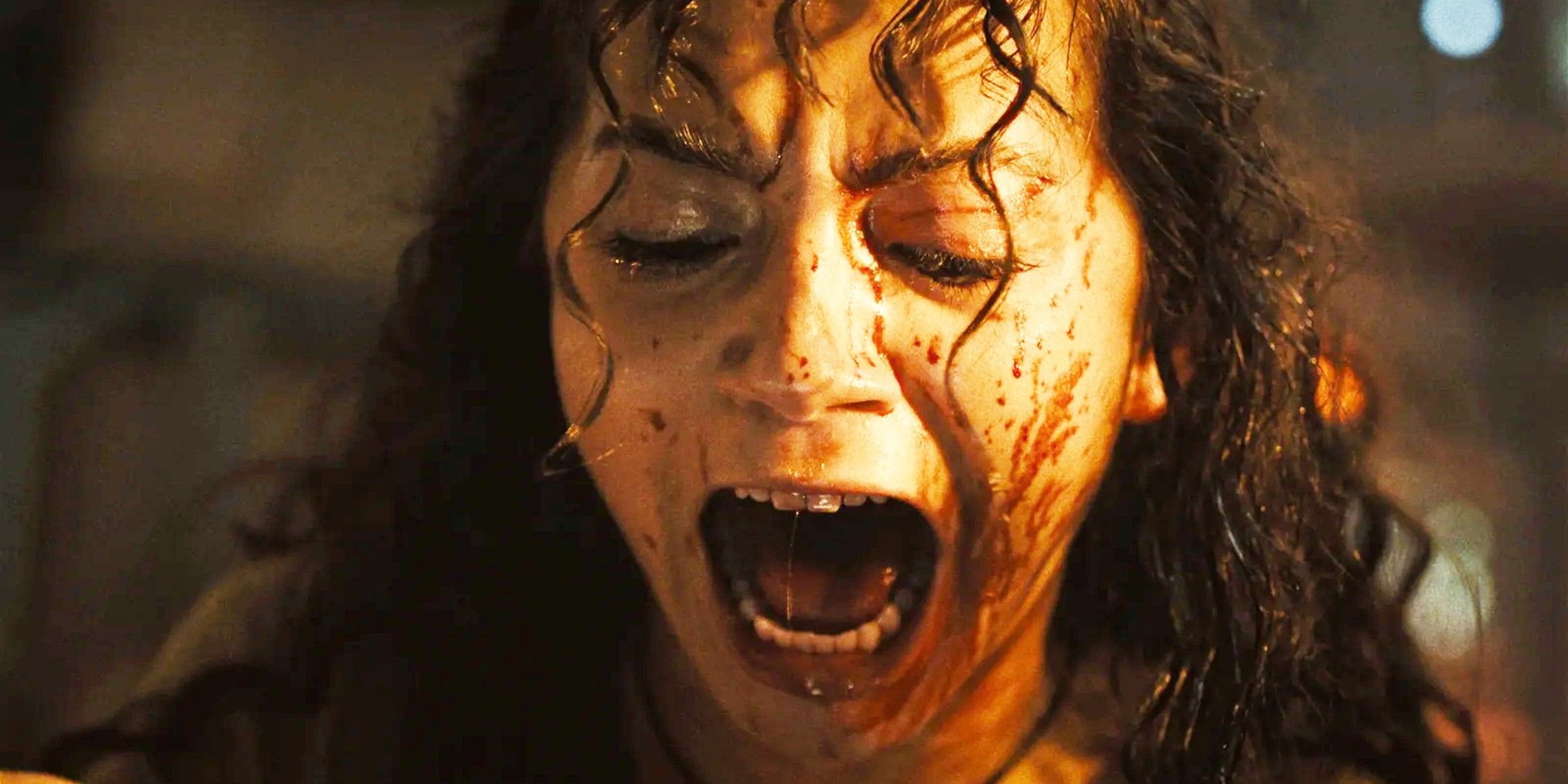
Of the many beguiling and haunting aspects of the Alien series, the creature’s lifecycle has remained perhaps the most macabrely fascinating. Inspired by real-life parasitic wasps, xenormorphs have a complicated birth process – starting out as an egg, before gestating in a host via the hideously creepy facehuggers, and finally erupting out of the unfortunate victim. It’s a system that, 45 years after it was first presented to the public, retains a horrible fascination and makes the xenomorph one of the greatest monsters ever. And yet, despite this deserved status, recent Alien movies – including Romulus – have altered the lifecycle, inadvertently diminishing its power.
Alien: Romulus Makes The Facehugger’s Lifecycle Too Quick
The Alien Is Born Almost Immediately
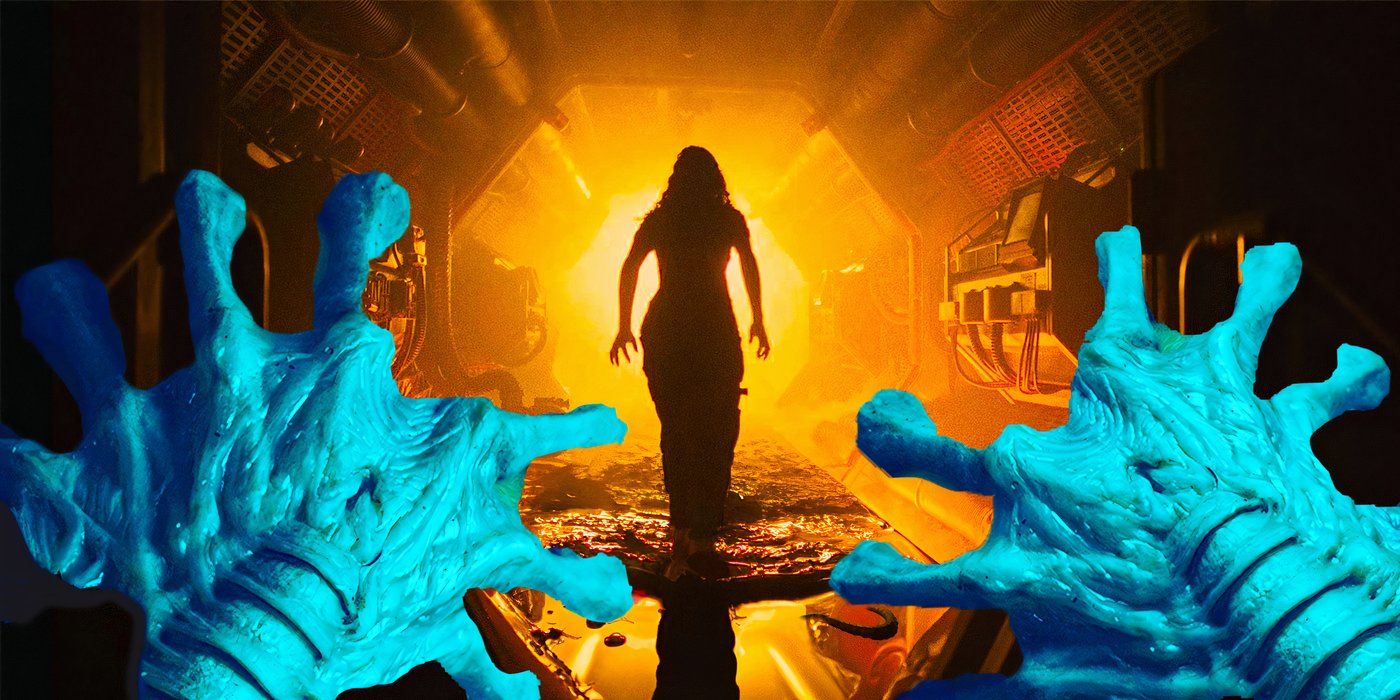
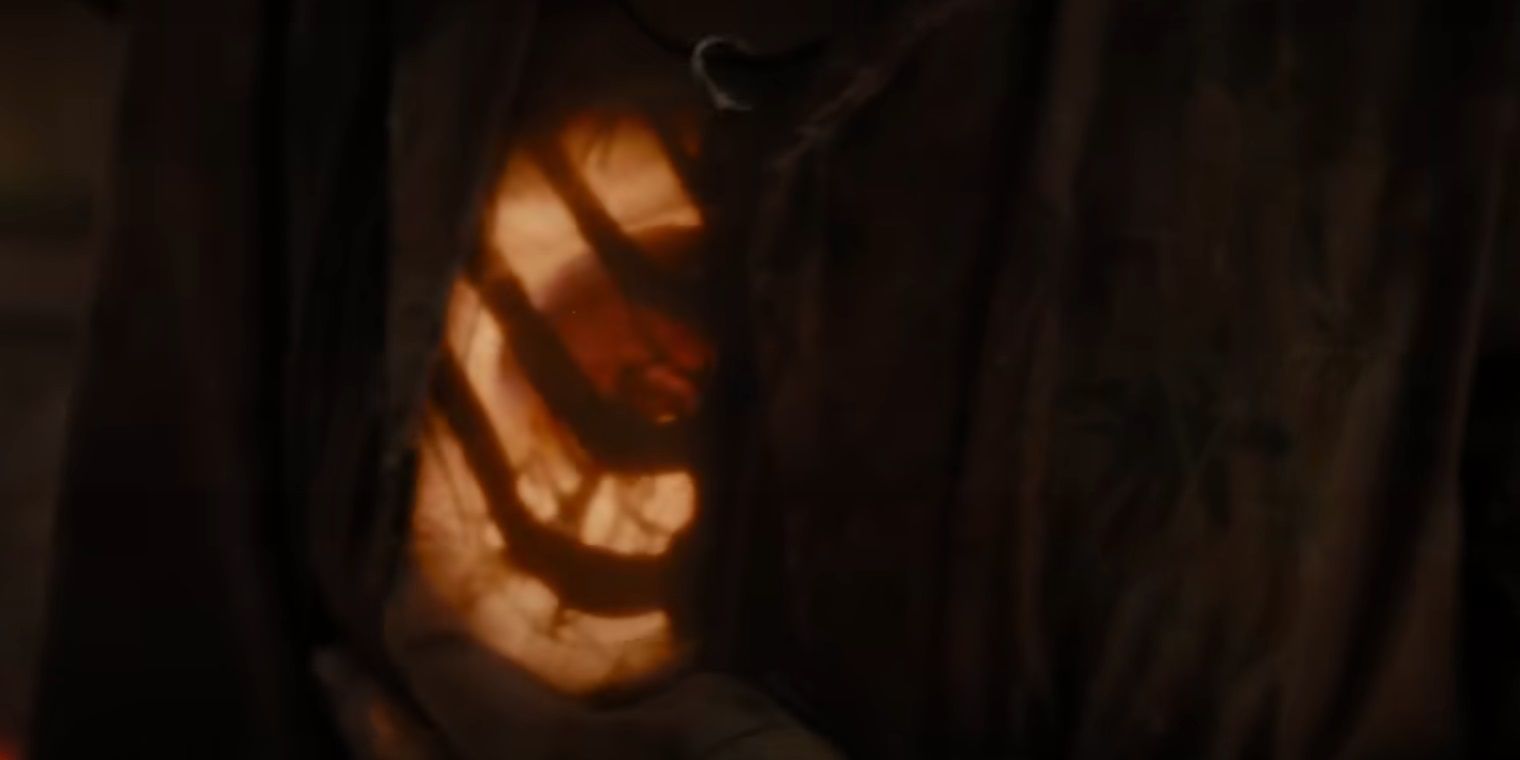
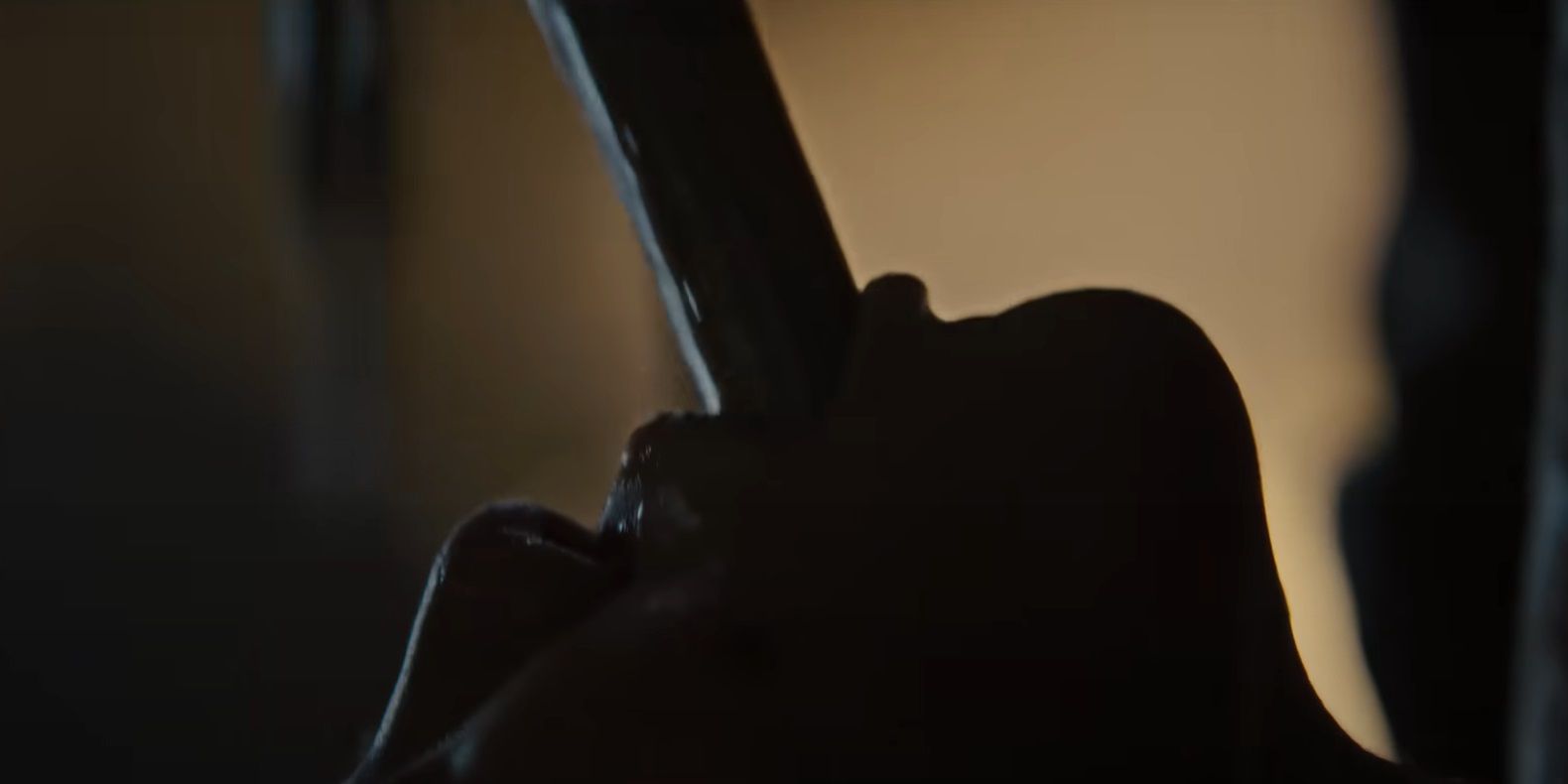
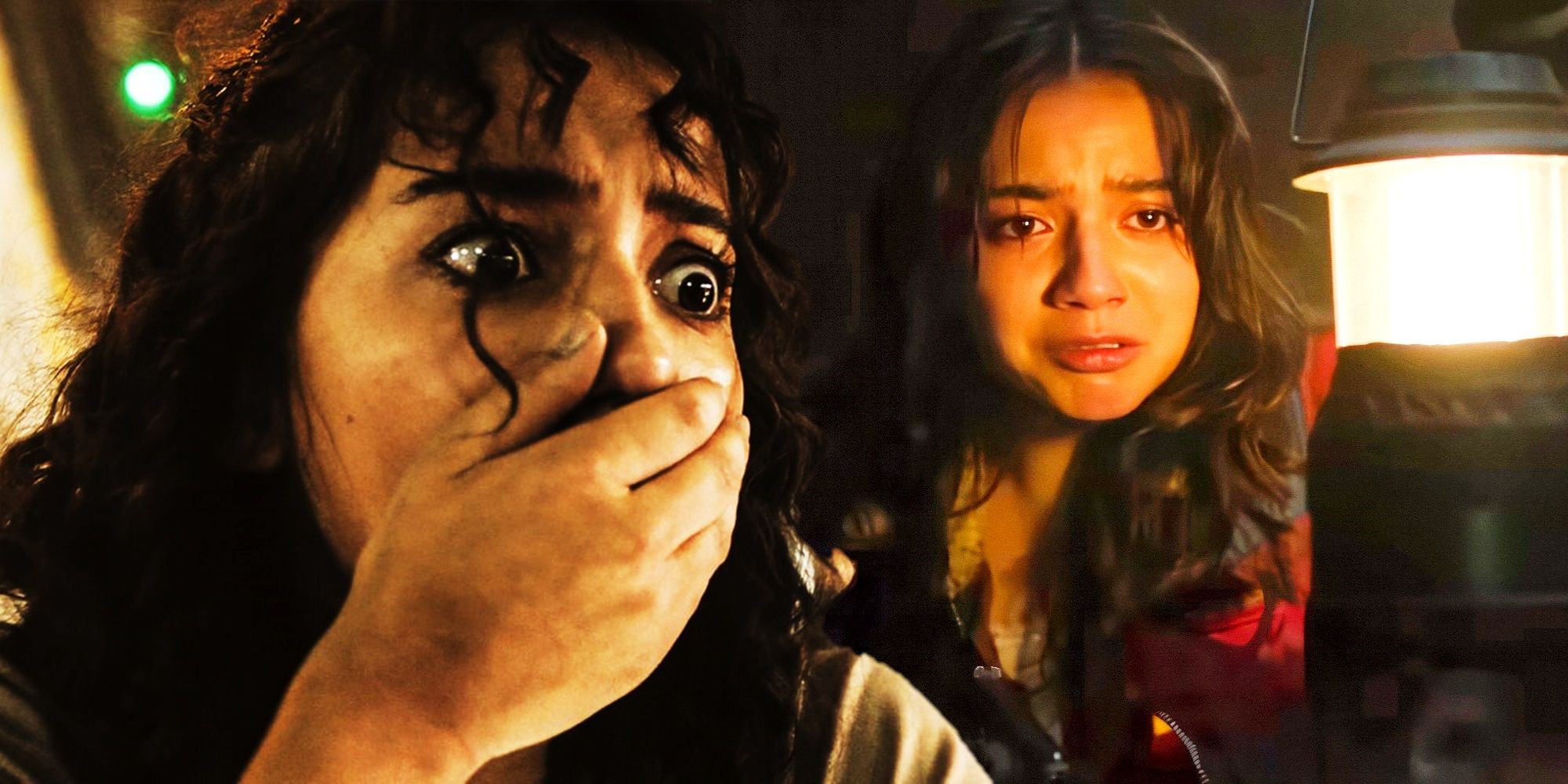






One of the biggest strengths of the original Alien is its deliberate pacing. The story takes time to establish its characters, with the horror steadily permeating the movie’s atmosphere, to the point where it eventually becomes inescapable. This slow creep is reflected in how the alien itself arrives on the scene.
It is only after some significant time has passed, and the crew begins to relax, that the full horror of Kane’s condition becomes clear.
Kane’s interaction with the eggs on the mysterious ship is agonizingly played out over several minutes, despite the ending being inevitable. Likewise, the way that the facehugger interacts with him is not rushed. Instead, it’s attached for what seems like hours. Even when it mysteriously vanishes, Ash has the time to perform a careful dissection, compiling a body of research and learning more about its remarkable adaptability. It is only after some significant time has passed, and the crew begins to relax, that the full horror of Kane’s condition becomes clear.
Alien: Romulus takes a very different approach. Instead of slowly building up to the inevitable chestburster scene, the window between the facehugger attaching itself to Navarro and the alien being born is massively condensed. Although precise timings are unclear, the whole incident seems to take a matter of minutes, rather than hours or days. Given viewers’ familiarity with what’s coming, this compression is perhaps understandable. However, the consequence is that Romulus loses the sense of dread that dominates the original Alien in favor of a quick tick in the horror box. This is a problem the franchise has had for some time.
The Facehugger Lifecycle Problem Started In 2004 (And Continued With The Prequels)
Modern Alien Movies Needlessly Speed Up The Facehugger’s Process
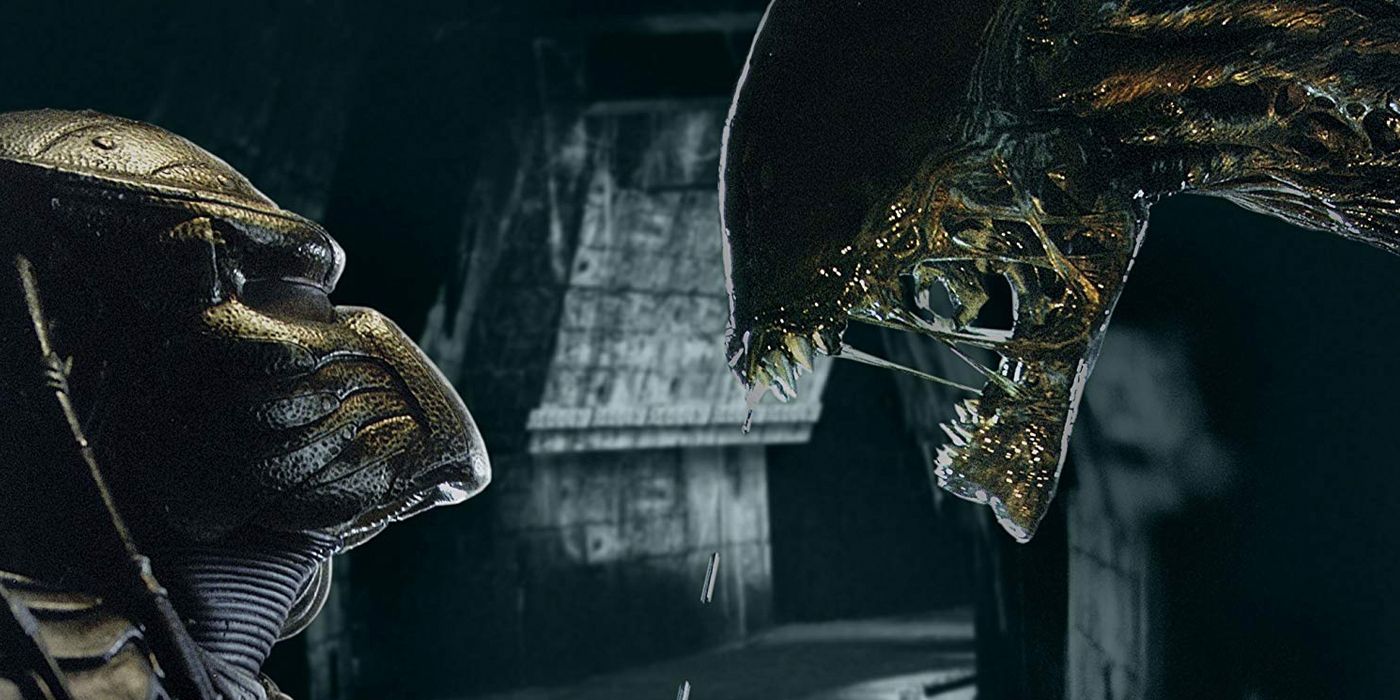
While the original Alien quadrilogy are four very different films, they are remarkably consistent when it comes to how quickly facehuggers work. Kane’s death plays out over many hours, although the exact timings are never specified. In Aliens, the only chestburster appears to come from a captured colonist, who has presumably been trapped for a while. In Alien 3, the process is even longer, with Ripley taking days to succumb to the embryo, while the main xenomorph threat is discovered long after her ship crashes. Likewise, Alien: Resurrection features Purvis playing a full part in the escape plan until his eventual death.
This lifecycle, established over multiple movies, indicates that it takes some time for the alien chestburster to reach full maturity inside its host. However, this well-established precedent was completely abandoned in the contentiously canonical prequel, Alien vs. Predator. In the 2004 movie, Adele Rousseau and the other team members stuck in the sacrificial chamber succumb almost instantaneously after being attacked by facehuggers. This new speed was on display again in Alien vs. Predator: Requiem, and weirdly continued with Oram’s death in Alien: Covenant.
Why Slowing Down The Alien’s Lifecycle Is Better
It’s A Core Part Of The Creature’s Identity

In some ways, it’s understandable that modern Alien movies want to speed up the old xenomorph lifecycle. Aliens are, obviously, the main attraction of Alien movies. It therefore makes sense to introduce them as quickly as possible, especially when everyone is, by now, familiar with the disturbing process by which they arrive. However, while the approach makes sense, it also ruins a fundamental aspect of what made the monster so terrifying to begin with.
Not only did slowing down the chestburster’s development help heighten the horror, since the victim was powerless to do anything to stop it and their gruesome death was inevitable, but it also made the animal itself more realistic. As otherworldly and alluringly bizarre as the iconic alien design is, much of its power derives from the fact that its parasitic lifestyle is recognizable from the natural world. There really are organisms that behave in this way, making the idea that something like this could happen to a human horribly believable.
In trying to rush the process, recent Alien films (including, unfortunately, Alien: Romulus) have distanced themselves from a grounding in scientific reality. The idea of a facehugger attaching itself for a few minutes and a fully-formed miniature xenomorph emerging minutes later (as seen in Alien: Covenant) is both antithetical to the franchise’s history and impossible to believe. In trying to give audiences the alien action they want quickly, filmmakers have forgotten what made people obsessed with the creature to begin with.
The Franchise Can Still Fix Its Facehugger Problem
An Upcoming Installment Can Reverse The Trend

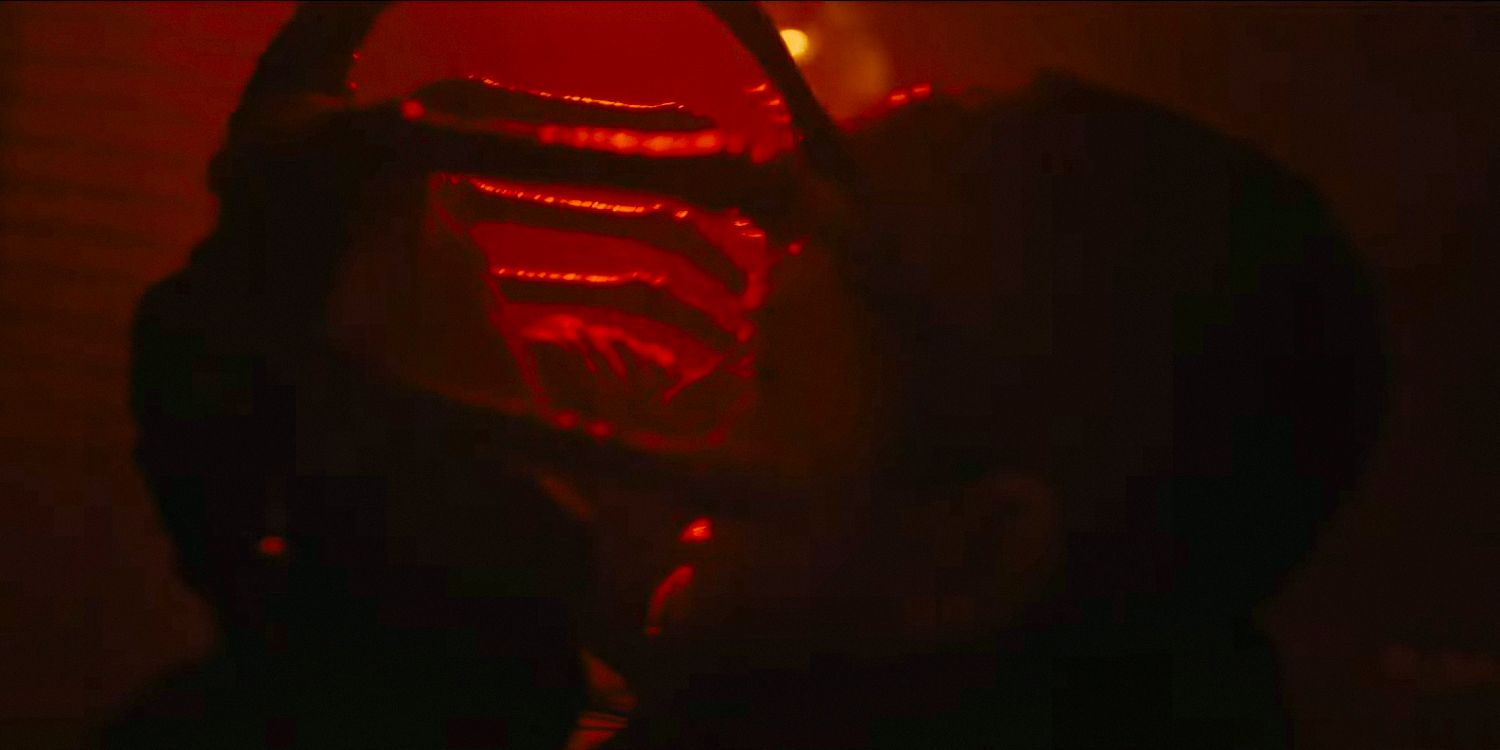
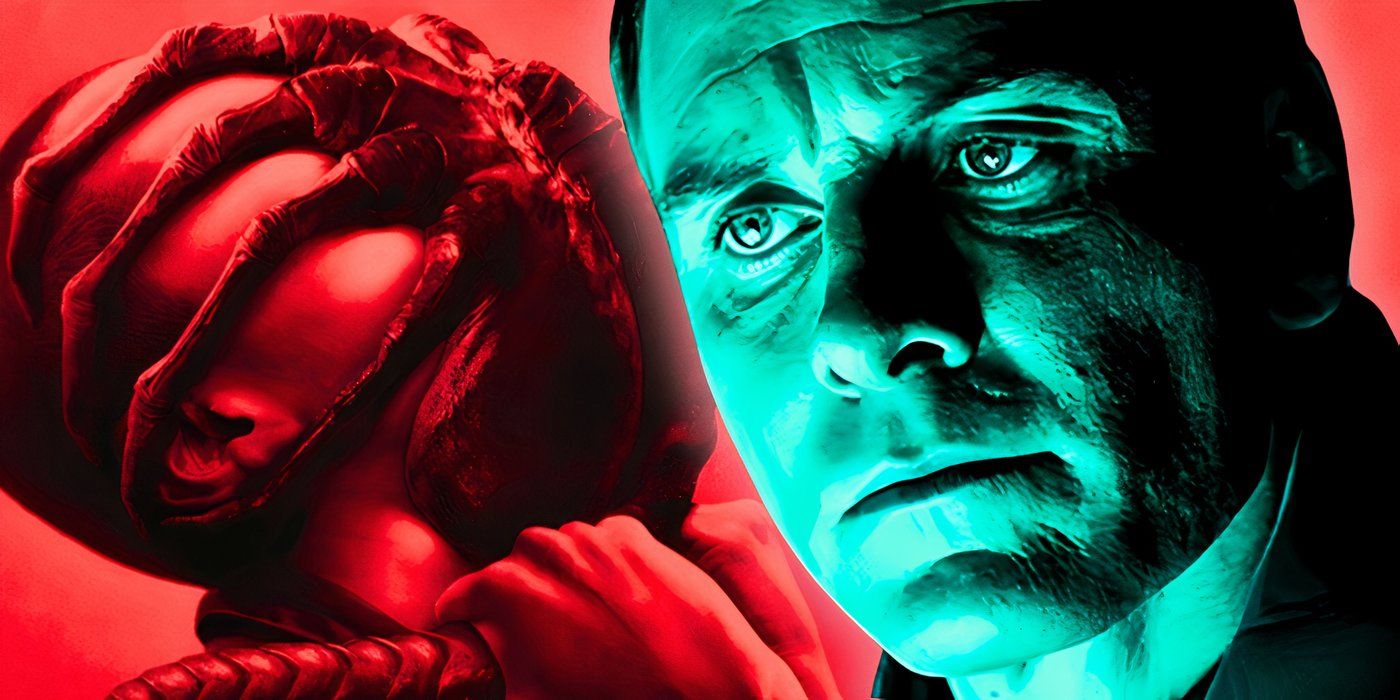
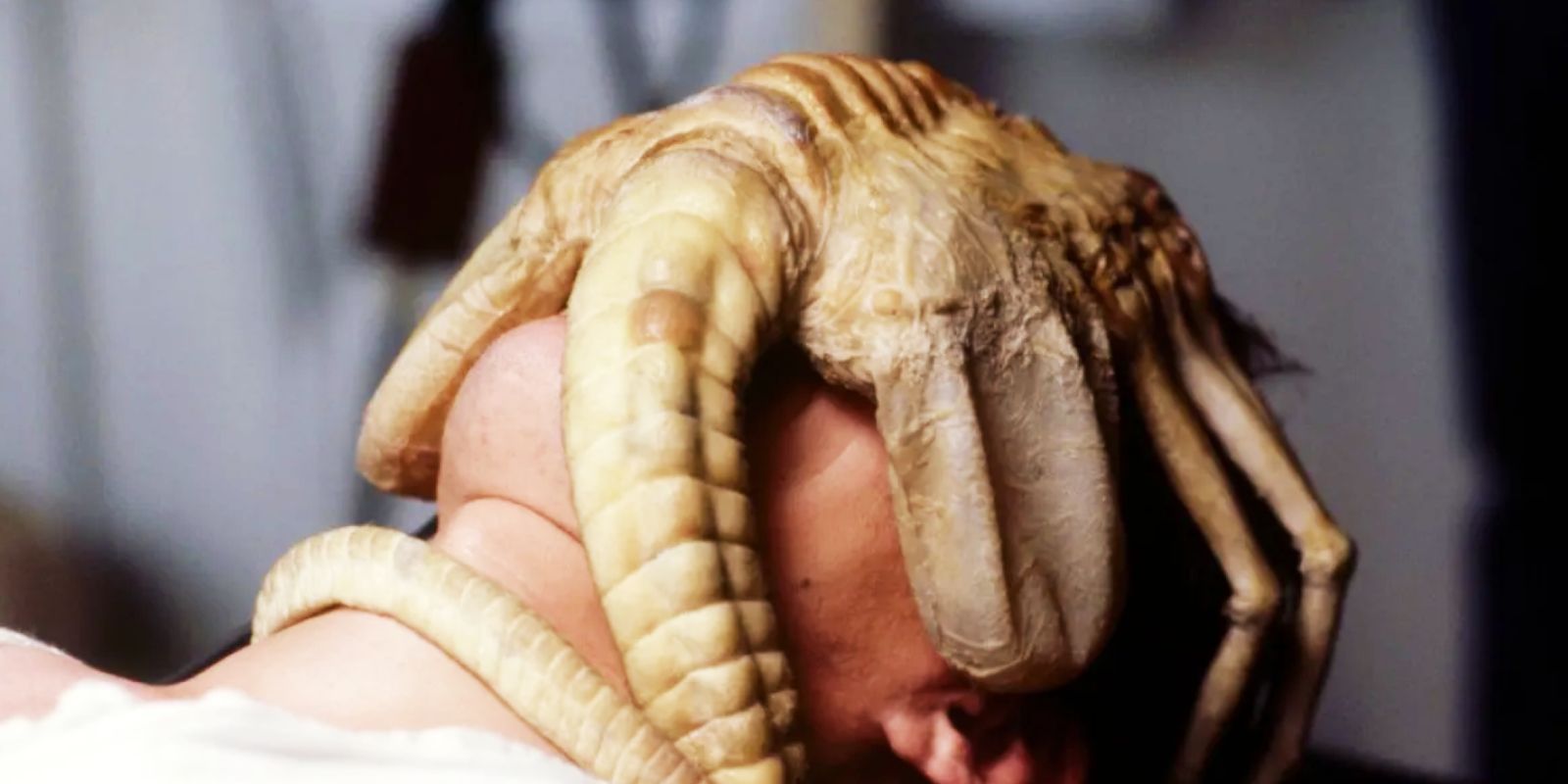
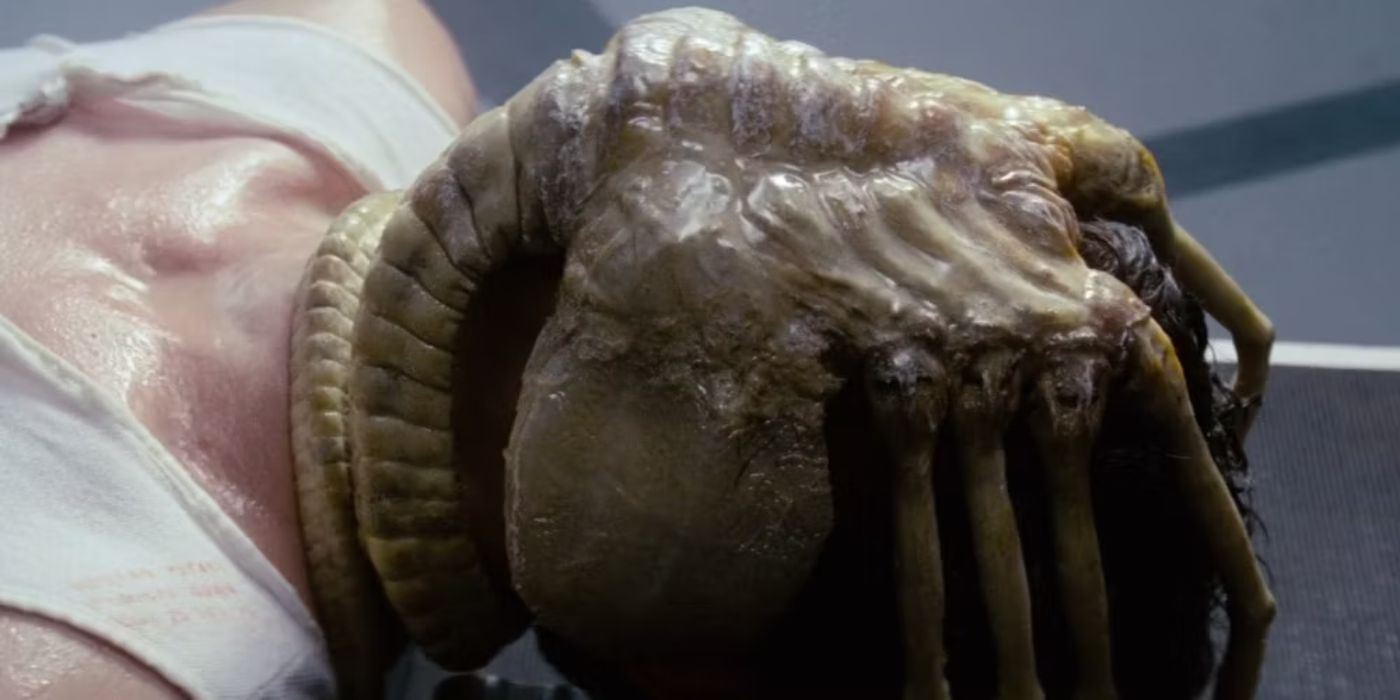





As Navarro’s death in Alien: Romulus proved, Alien movies don’t look like returning to the facehugger’s roots any time soon. However, there is still hope for a return to what made the monster so terrifying from another upcoming entry in the franchise series. Noah Hawley’s upcoming FX television series has already pledged to rewrite unpopular changes to franchise lore, with Hawley himself expressing his disdain for the decision to turn the alien into an artificial bioweapon. While it’s not been confirmed, he could well take a similarly traditionalist approach to the facehugger.
If Hawley pursues this approach, he can restore the idea of chestburster gestation taking some time, returning Alien to the expertly paced horror of the original movie…
Hawley’s comments around reestablishing the xenomorph as a terrifying force of nature suggest that biological realism could factor into his vision for the franchise. Beyond this, the TV format lends itself to elongating stories over a prolonged period – something that plays into the original conception of the facehugger’s lifecycle. If Hawley pursues this approach, he can restore the idea of chestburster gestation taking some time, returning Alien to the expertly paced horror of the original movie, rather than the immediate but hollow gratification offered by installments like Alien: Romulus.



